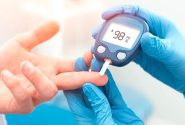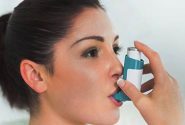(HealthDay News) — (Tasrir) — Nationwide, cancer care could generate 33% less greenhouse gas emissions if it shifted to telemedicine from the traditional model of in-patient care, researchers reported June 3 in the journal JAMA Oncology. The findings were simultaneously presented at the American Society for Clinical Oncology (ASCO) annual meeting in Boston.
“While health care in the United States provides health benefits to many people, it generates substantial amounts of greenhouse gas emissions that drive climate change and inadvertently harm health,” said co-lead researcher Dr. Andrew Hantel. He’s a faculty member of leukemia and population sciences at Dana-Farber Cancer Institute in Boston.
For the study, researchers calculated the amount of carbon dioxide emitted each day at Dana-Farber during two time periods — between March and December 2020, when the pandemic prompted a shift to telemedicine, and from March 2015 to February 2020, when most visits occurred in person.
Emission sources were as varied as driving to the hospital, taking an elevator, using the bathroom, rubbing with hand sanitizer and using the computers and lights and equipment in the clinic, researchers said.
Emissions of carbon dioxide were 81% lower during the telemedicine period than the in-person period, they found.
Extrapolating that across the entire United States, researchers estimated that carbon dioxide emissions for cancer care could have been reduced by 33% during the pre-pandemic period.
The more modest decline nationwide is based on the fact that people elsewhere in the United States have to travel further to receive cancer care, particularly if they have rare cancers, Hantel said.
Extending telemedicine for cancer care will involve a delicate balancing act, Hantel said.
“On the plus side, they can increase the reach of expert care while reducing travel, time and cost for patients,” Hantel said in a Dana-Farber news release. “But they also have the potential to add rather than replace visits, which may be difficult for older adults and those without good internet connections, and in some cases may reduce clinicians’ ability to appropriately diagnose and treat.”
“Our findings add another layer to this conversation, showing that emissions reduction is an additional benefit of this approach to care,” Hantel added.

















